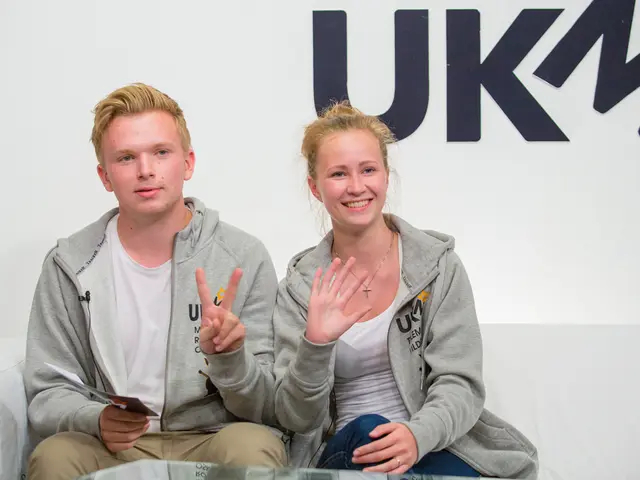Western Australia's Dominant Role in Lithium Production and Future Prospects Revealed in Recent Research
In a significant breakthrough for the lithium industry, recent research in Western Australia (WA) has revealed fundamental new geological insights that challenge conventional exploration models, potentially unlocking new lithium resources and strengthening WA's position as a global lithium powerhouse.
A landmark collaborative study by the Geological Survey of Western Australia (GSWA), Curtin University, and the University of Western Australia identified that WA's high-grade lithium deposits in ancient Archean terrains (Pilbara and Yilgarn regions) form under different conditions than previously assumed. These findings, published in the prestigious Nature-affiliated journal Communications Earth & Environment in 2025, highlight that Archean lithium systems follow unique geological rules, requiring tailored exploration frameworks distinct from those applied elsewhere worldwide.
This paradigm shift implies that exploration methods optimized for younger deposits may miss valuable resources in WA's more than 2.5-billion-year-old crust. The impact on future exploration models includes a shift towards geologically customized exploration, potential to unlock new lithium resources, and strengthening WA’s position as a global lithium supplier.
As of 2025, Pilbara Minerals' Pilgangoora mine has the largest resource size among lithium mines in Western Australia, holding 446 million tonnes at 1.28 percent lithium oxide. The Australian government has introduced critical support for the lithium sector under the Future Made in Australia industrial strategy, with initiatives such as the Critical Minerals Production Tax Incentive, providing a 10 percent tax break on processing and refining costs for critical minerals, including lithium.
Industry players like Covalent Lithium and Mineral Resources are advancing production and refining operations aligned with these developments, underpinning the transition towards fully integrated lithium supply chains in WA. The National Reconstruction Fund (NRF) and Critical Minerals Facility have been introduced, with the latter's initial AU$2 billion doubled to AU$4 billion. The NRF recently invested AU$50 million in Liontown to support Kathleen Valley, alongside private investment from Canmax Technologies (SZSE:300390). The Kathleen Valley plant reached commercial production in January 2025.
However, the lithium market has experienced a surplus in recent years, with Fastmarkets reporting a surplus of around 175,000 tonnes in 2023 and almost 154,000 tonnes in 2024, pushing prices down and prompting some miners to cut production. Yet, a producer told Fastmarkets that they are expecting a rebalancing of market dynamics over the next few years.
In November 2024, the government of Western Australia announced the Lithium Industry Support program to support lithium miners and downstream processing facilities. The program, scheduled to run for up to 24 months and worth AU$90 million, temporarily waives government fees. The Critical Minerals Production Tax Incentive is valued at AU$7 billion over the decade.
The Australian lithium market is projected to grow significantly, with a March report by market research platform ASD Reports predicting the market will grow from US$1,294.38 million in 2024 to US$5,309.55 million by 2032, demonstrating a compound annual growth rate of 19.3 percent during the forecast period 2025 to 2032. Much of Western Australia's lithium comes from pegmatite, a coarse-grained rock commonly found in the state's Archean terrains.
Operations at the Greenbushes mine, owned by Tianqi Lithium and Albemarle, date back to the 1980s, with annual production estimated at 1.95 million tonnes of lithium spodumene. The Greenbushes mine is the world's largest hard-rock lithium mine. Kathleen Valley, owned by Liontown Resources, is Western Australia's first underground lithium mine.
In conclusion, the recent research fundamentally redefines how lithium exploration in Western Australia will be approached, moving away from conventional models to embrace the unique ancient geological context of the region, thus enabling more effective discovery and development of lithium resources critical for the global clean energy transition.
Sports can provide a welcome distraction for individuals involved in the lithium industry during challenging times, such as market surpluses or price fluctuations. With the projected growth of the Australian lithium market, Corporate Sponsorships in sports events could be a potential avenue for industry players to showcase their commitment towards the clean energy transition and strengthen their brand visibility.








